
Stop ruining leftovers with these 10 mistakes
Leftovers are a wonderful way to save time, money, and effort — not to mention a great strategy for cutting down on food waste. But even with the best intentions, many people unintentionally ruin their stored meals by making a few common mistakes. Learning how to handle leftovers properly can make all the difference between a soggy disappointment and a meal that tastes freshly made.
Whether it’s a simple rice dish from last night or an elegant dinner from a weekend gathering, using the right techniques for cooling, storing, and reheating can ensure your food stays safe, flavorful, and enjoyable.
In this guide, we’ll explore eleven of the most common leftover mistakes people make — along with smart, science-backed solutions to avoid them. Once you understand these pitfalls, you’ll be able to savor your meals a second time around with confidence.
1. Not Cooling Rice Quickly Enough
Rice is a staple around the world, but it’s also one of the most sensitive foods when it comes to bacteria growth. Bacillus cereus, a bacterium commonly found in rice, can multiply quickly if rice is left out for too long — even after cooking. This can cause unpleasant (and sometimes dangerous) food poisoning.
To avoid this, cool rice as quickly as possible. Spread it in a thin layer on a baking sheet or tray to allow air to circulate. Once it’s no longer steaming, transfer it to the refrigerator within an hour. The quicker the rice cools, the safer it will be.
Store it in an airtight container and consume within one to two days. When reheating, make sure the internal temperature reaches 165°F (74°C). Avoid reheating rice more than once, as repeated cooling and warming cycles increase bacterial risk and degrade texture.
Pro tip: If you often cook rice, divide it into smaller portions before refrigerating so you only reheat what you need.
2. Using the Microwave for Pizza
Microwaving leftover pizza is convenient — but the result is often disappointing: a soggy crust and unevenly melted cheese. If you want your slice to taste as good as it did the first time, skip the microwave.
Instead, preheat your oven to 375°F (190°C) and bake the pizza directly on the oven rack or a preheated baking sheet for 8–10 minutes. This method keeps the crust crisp while melting the cheese evenly.
In a hurry? A skillet works wonders too. Heat your pizza slice in a covered skillet over medium heat for about 4–5 minutes. The crust stays crispy, and the trapped steam helps melt the cheese beautifully.
Avoid high heat — it can burn the bottom before the toppings warm through. For an extra boost, sprinkle a few drops of water around the edge of the pan before covering; the steam softens the cheese without making the crust soggy.
3. Incorrectly Freezing Soup
Soup freezes beautifully — but only if done right. Freezing it while it’s still hot or using the wrong container can cause freezer burn, separation, or off flavors.
Always cool soup to room temperature before freezing, and don’t overfill containers. Leave about an inch of headspace to allow for liquid expansion. Use freezer-safe containers or heavy-duty freezer bags. If using bags, lay them flat for easier stacking and faster freezing.
When reheating, thaw the soup overnight in the fridge and warm it gently on the stove over low heat. Stir occasionally to maintain consistency. Avoid thawing soup at room temperature, as this can invite bacteria growth.
Extra tip: If your soup contains pasta or rice, consider freezing it without those ingredients — they can become mushy. Add fresh noodles or rice when reheating for the best texture.
4. Storing Salad with Dressing
A pre-dressed salad stored overnight is a recipe for wilted greens. Moisture from the dressing breaks down the leaves, turning your fresh salad into a soggy mess.
To keep salads crisp, store the dressing separately in a small jar or container. Add it just before eating. For leafy greens, place a dry paper towel in the container to absorb excess moisture and extend freshness.
Store ingredients like tomatoes, cucumbers, or fruit in separate containers — they release water that can make greens limp. Assemble your salad when you’re ready to eat for the best crunch and flavor.
Pro tip: If you meal prep salads for the week, layer heartier ingredients (like grains or proteins) at the bottom of the jar and delicate greens at the top. Add dressing last, just before serving.
5. Reheating Meat at the Wrong Temperature
Meat can easily go from juicy to dry if reheated improperly. Too high a temperature dries it out; too low, and you risk foodborne bacteria surviving.
The ideal method is gentle reheating: warm your meat in the oven at 250°F (120°C) until it reaches an internal temperature of 165°F (74°C). Use a meat thermometer for accuracy.
To keep it moist, add a splash of broth or water and cover the dish with foil to trap steam. For sliced meats like roast beef or chicken, try reheating them briefly in a skillet with a little butter or sauce for added flavor.
Avoid microwaving thick cuts, as it tends to heat unevenly. If you must, cover the meat loosely and rotate it often to distribute heat more evenly.
6. Storing Food in the Wrong Container
The right container can mean the difference between a tasty leftover and a sad, dried-out meal. Oversized containers leave too much air around your food, speeding up spoilage and dulling flavor.
Choose airtight containers that fit your portions closely. Glass and BPA-free plastic containers are ideal — they prevent odors, are reusable, and don’t stain easily.
If fridge space is limited, invest in stackable containers to stay organized. You can also use silicone food storage bags, which are flexible, eco-friendly, and freezer-safe.
7. Forgetting to Label and Date Leftovers
It’s surprisingly easy to lose track of what’s in your fridge. Labeling and dating your leftovers saves you from playing “food roulette” — wondering if that casserole is still safe to eat.
Use masking tape or reusable food labels and write the contents and date clearly. Keep older leftovers near the front so they get eaten first.
This simple habit helps reduce food waste, improves meal planning, and ensures that nothing sits forgotten for too long.
Tip: Color-code labels for different food types (red for meat, green for veggies, blue for soups) to make your fridge inventory even easier to manage.
8. Overcrowding the Fridge
A packed refrigerator may look efficient, but it’s actually one of the biggest storage mistakes. Overcrowding blocks air circulation, leading to uneven cooling and potential spoilage.
Leave space between containers to allow cold air to flow freely. Avoid pushing leftovers to the very back — that’s the coldest spot, which can cause freezing or uneven temperatures.
Consider using bins or organizers to group similar items and keep your fridge tidy. Store leftovers at eye level so you remember to eat them before they go bad.
9. Ignoring Recommended Storage Durations
Each type of leftover has a safe storage window — ignoring it can lead to unpleasant surprises. Most cooked dishes should be eaten within 3–4 days when refrigerated.
If you know you won’t finish something soon, freeze it immediately rather than waiting. Properly frozen leftovers can last from two to six months, depending on the food type.
When in doubt, remember this rule of thumb: If it smells off or looks suspicious, throw it out. No meal is worth the risk of foodborne illness.
10. Not Using Airtight Storage Solutions
Air is the enemy of freshness. When containers aren’t sealed tightly, food dries out and absorbs unwanted odors from the fridge.
Invest in quality airtight containers with locking lids, or seal dishes tightly with plastic wrap or aluminum foil. For long-term freezer storage, consider vacuum sealing — it removes air and prevents freezer burn, keeping food tasting as good as new for months.
If vacuum sealers aren’t your style, use the water-submersion method: seal a plastic bag almost completely, then dip it in water to push out air before closing it. Simple, effective, and budget-friendly.
11. Misusing Popular Viral Hacks
Social media is full of clever-sounding “food hacks,” but not all are safe or effective. Tricks like microwaving bread with a damp paper towel or reheating rice in strange ways might work occasionally, but they’re no substitute for tested kitchen methods.
Before trying any viral hack, check if it’s supported by credible food safety sources. The last thing you want is to make your leftovers unsafe to eat in pursuit of a shortcut.
Stick with reliable techniques that prioritize safety, texture, and flavor — your taste buds (and your stomach) will thank you.
Final Thoughts
Leftovers can be a lifesaver for busy schedules and budget-conscious households — but only if they’re stored and handled properly. By avoiding these common mistakes and following these simple best practices, you can make every reheated meal taste fresh, safe, and satisfying.
Remember: a little attention to detail today means fewer wasted meals — and a lot more delicious bites tomorrow.
News in the same category


Cook delicious crab soup, clam soup, not fishy, with floating crab roe: Just remember these 2 steps

Toilet has yellow residue, flush this thing immediately to clean it in just 1 night

Stop buying these 10 cleaning scams
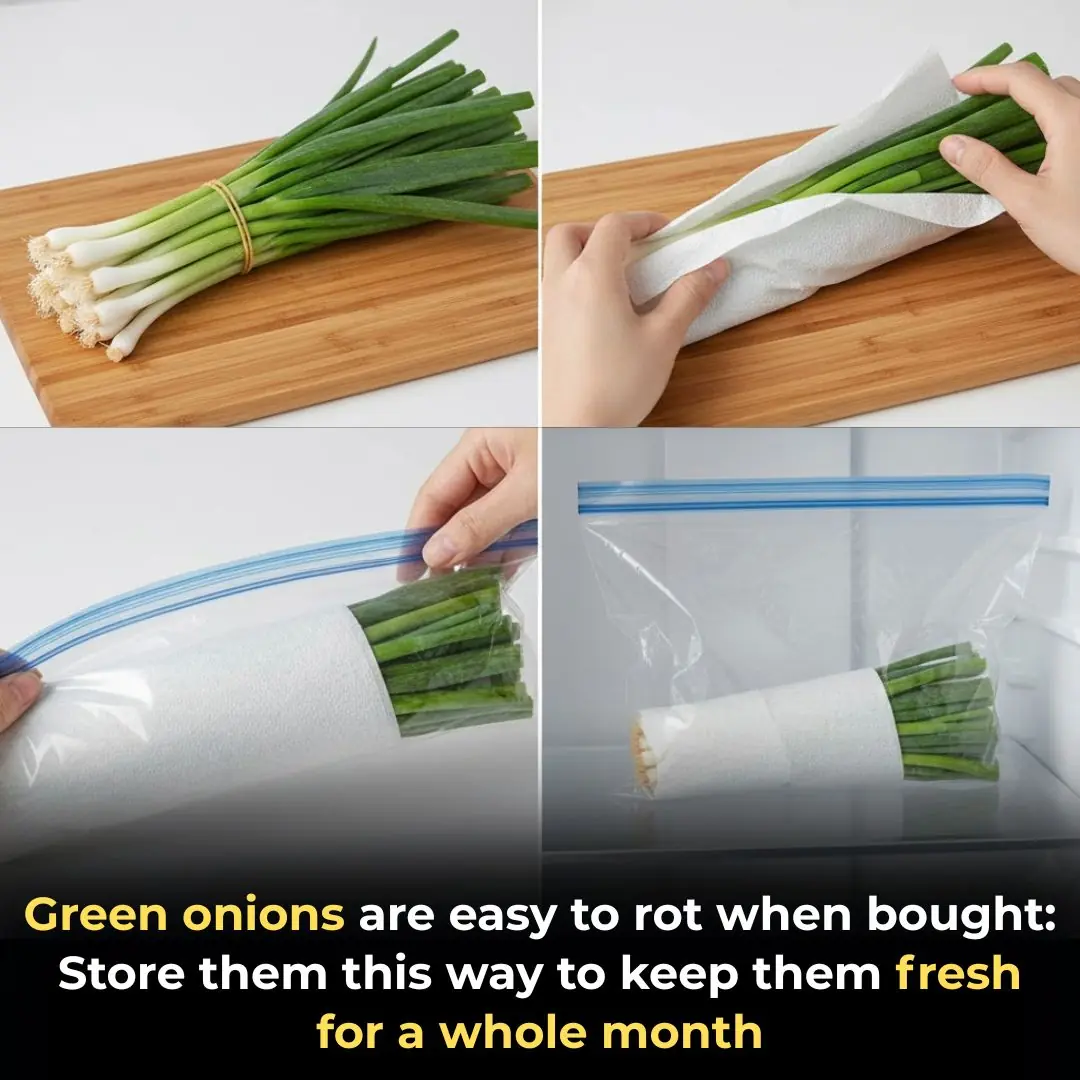
Green onions are easy to rot when bought: Store them this way to keep them fresh for a whole month
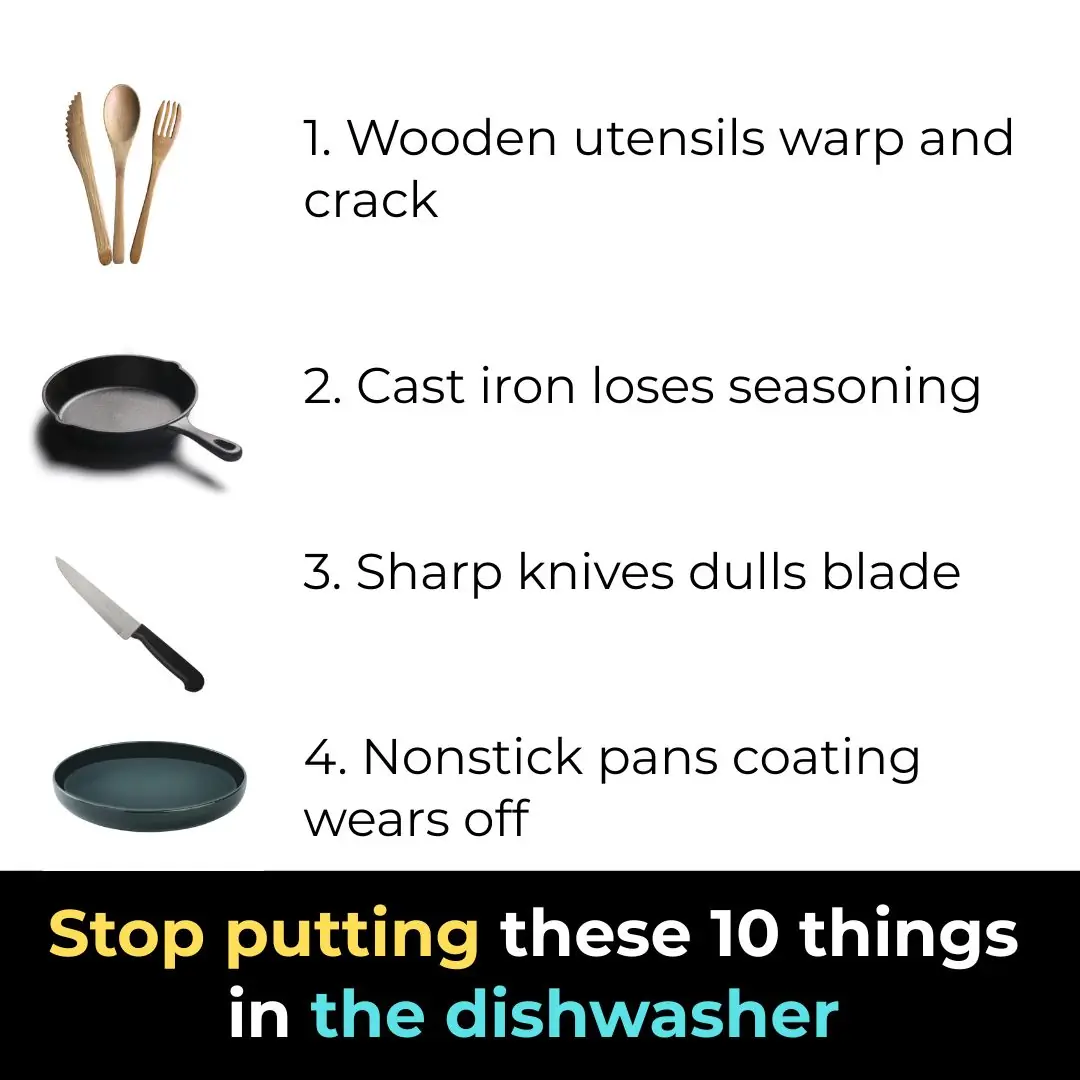
Stop putting these 10 things in the dishwasher
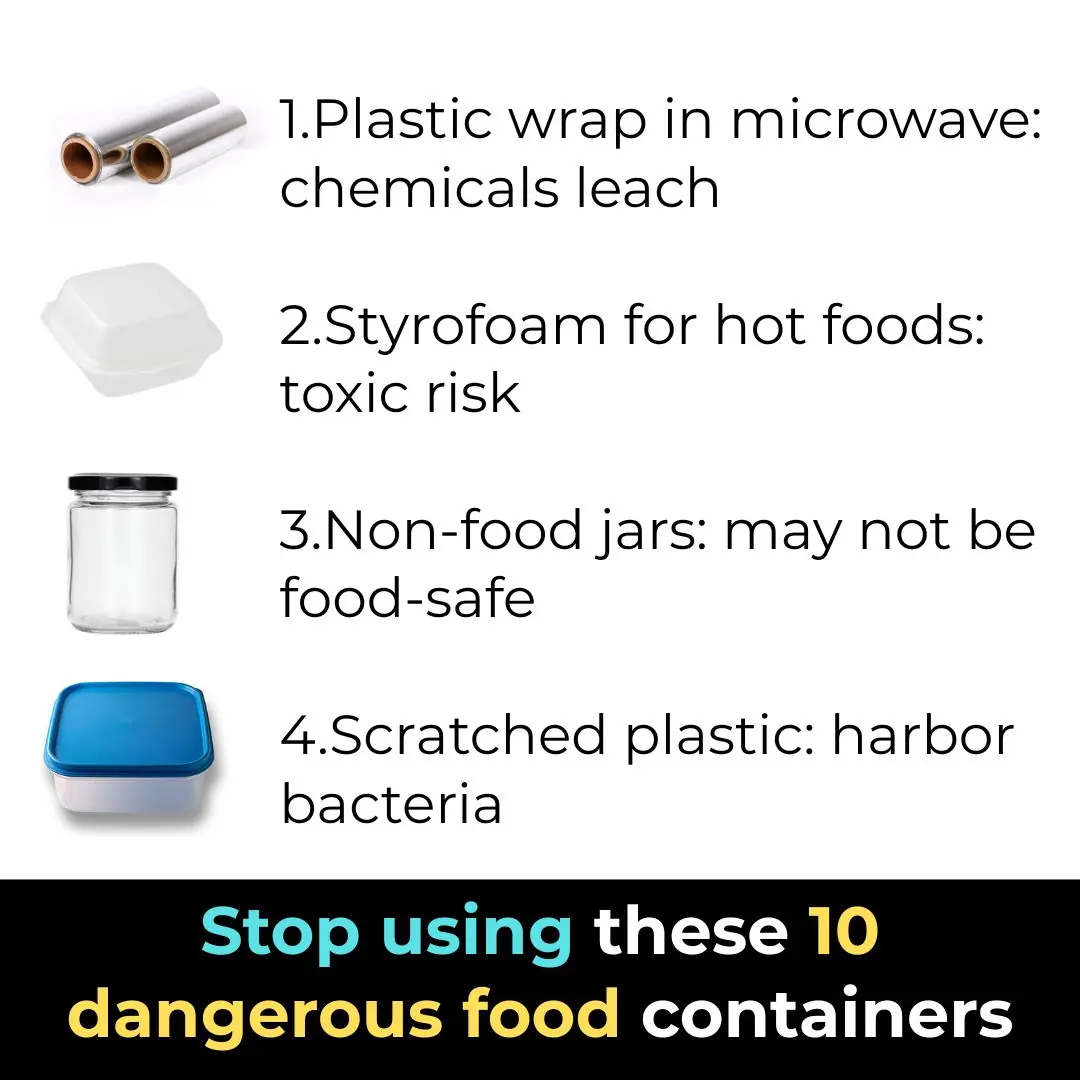
Stop using these 10 dangerous food containers
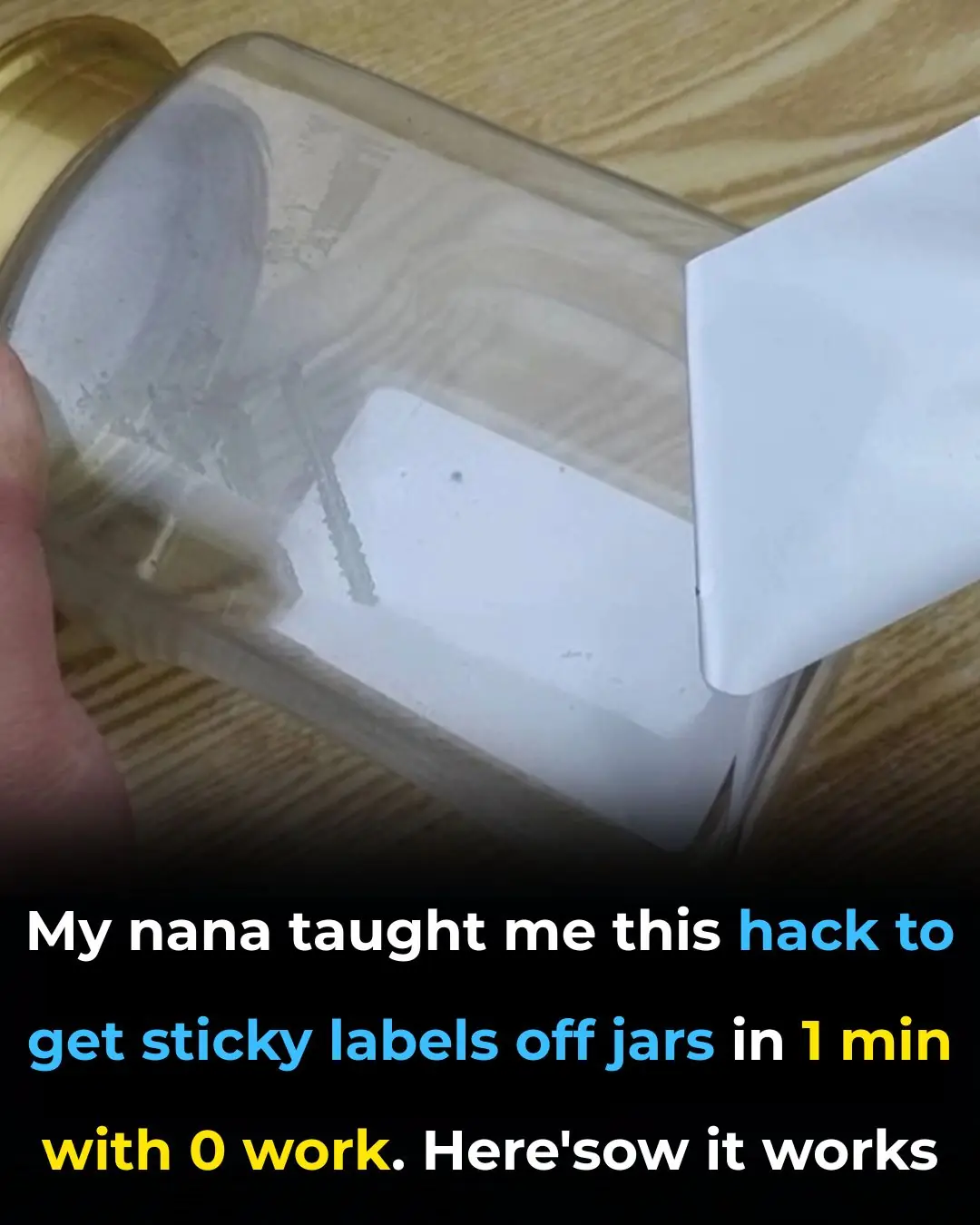
My nana taught me this hack to get sticky labels off jars in 1 min with 0 work. Here’s how it works
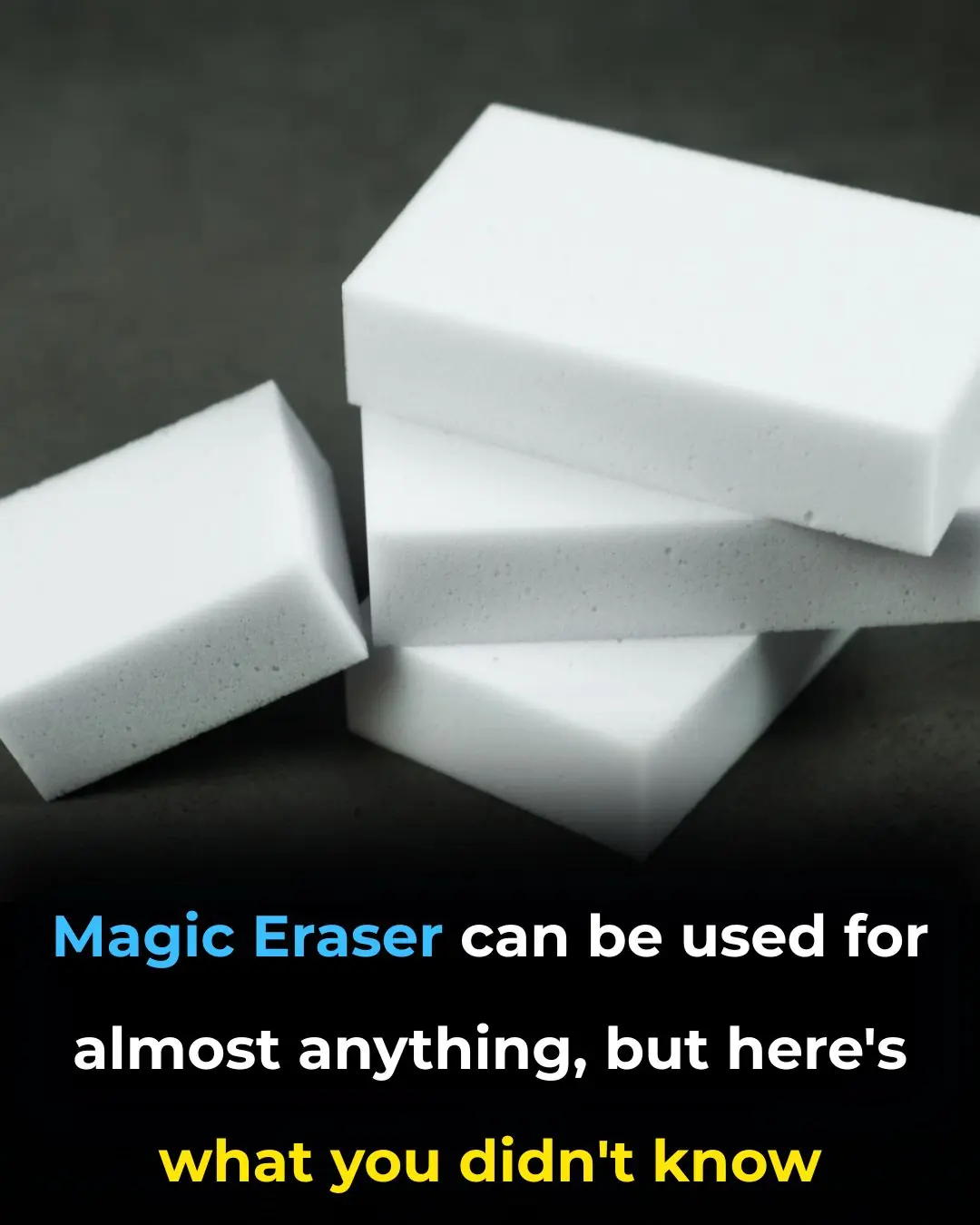
Magic Eraser can be used for almost anything, but here's what you didn't know

It Turns Out Rice Weevils Fear “This Thing” the Most – Put a Little in Your Rice Bag and You Won’t Worry About Pests All Year

6 Household Appliances That Consume More Electricity Than Air Conditioners and Refrigerators: Unplug Them to Avoid Skyrocketing Bills
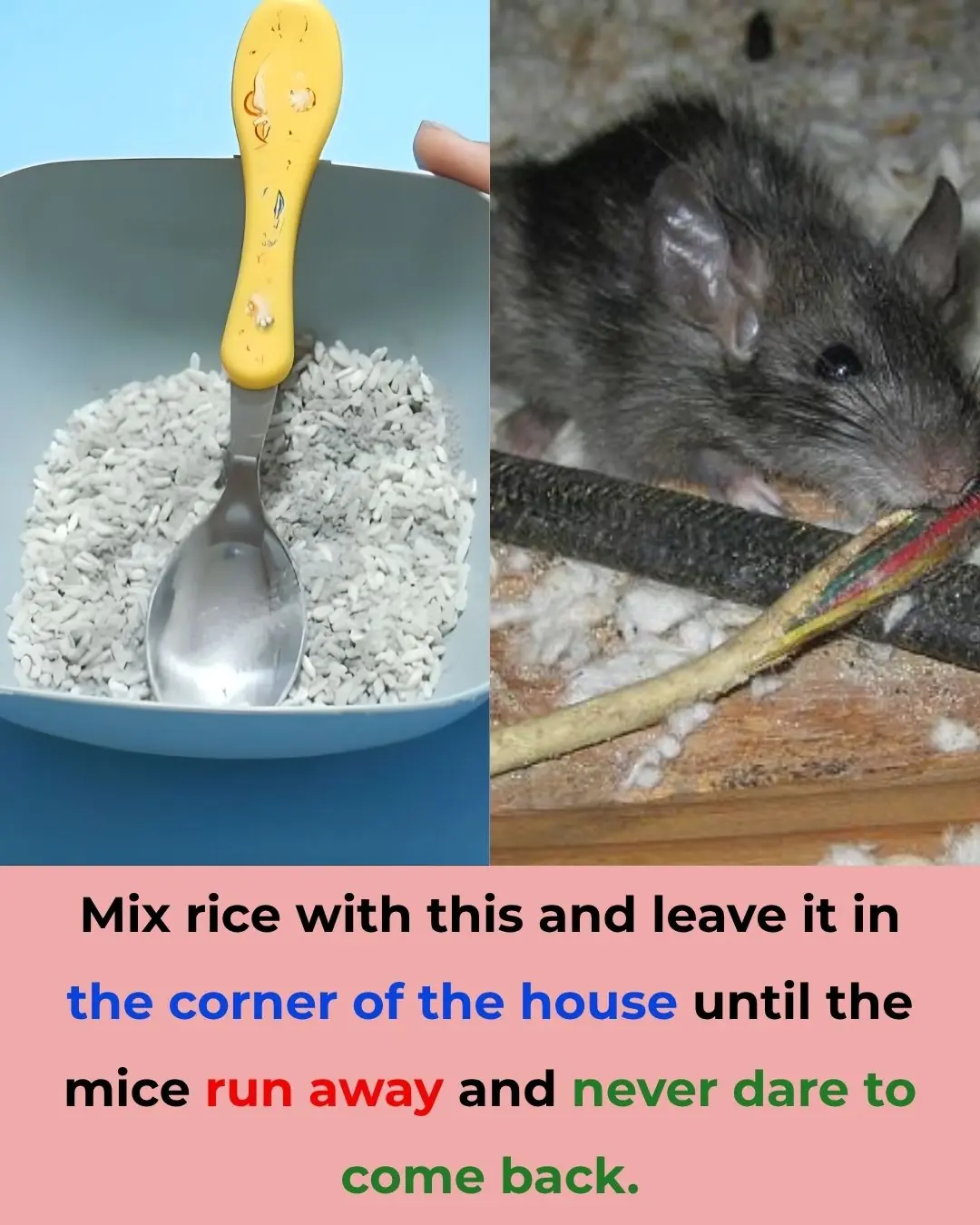
5 Natural Ways to Keep Mice Away from Your Home Without Using Poison
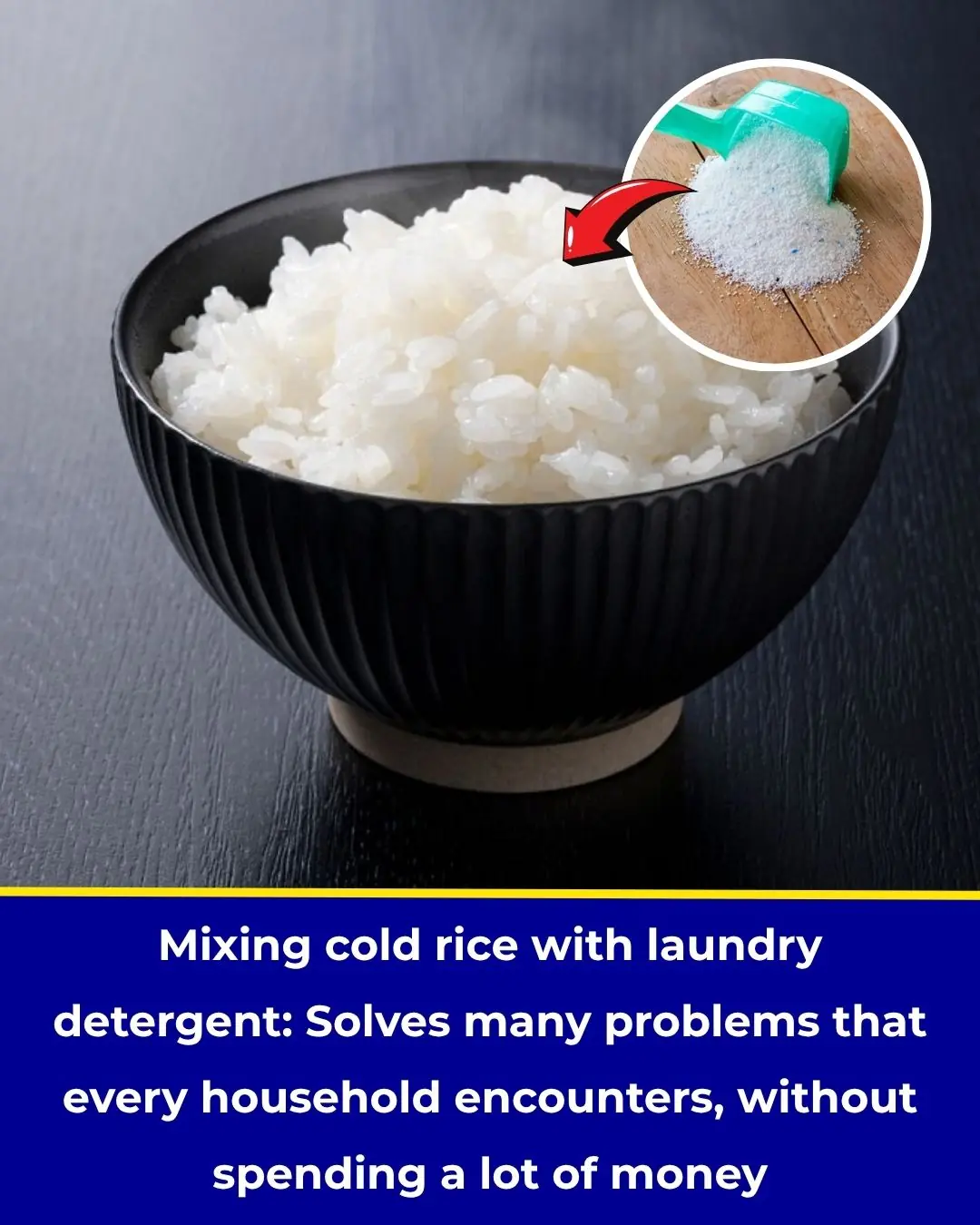
Mix Leftover Rice with Laundry Detergent – A Surprising Household Hack That Solves Common Problems Without Costing a Dime

6 Healthy Drinks That Help Prevent Stroke — Simple, Effective, and Worth Adding to Your Routine

Air Conditioner Leaking Water Indoors?
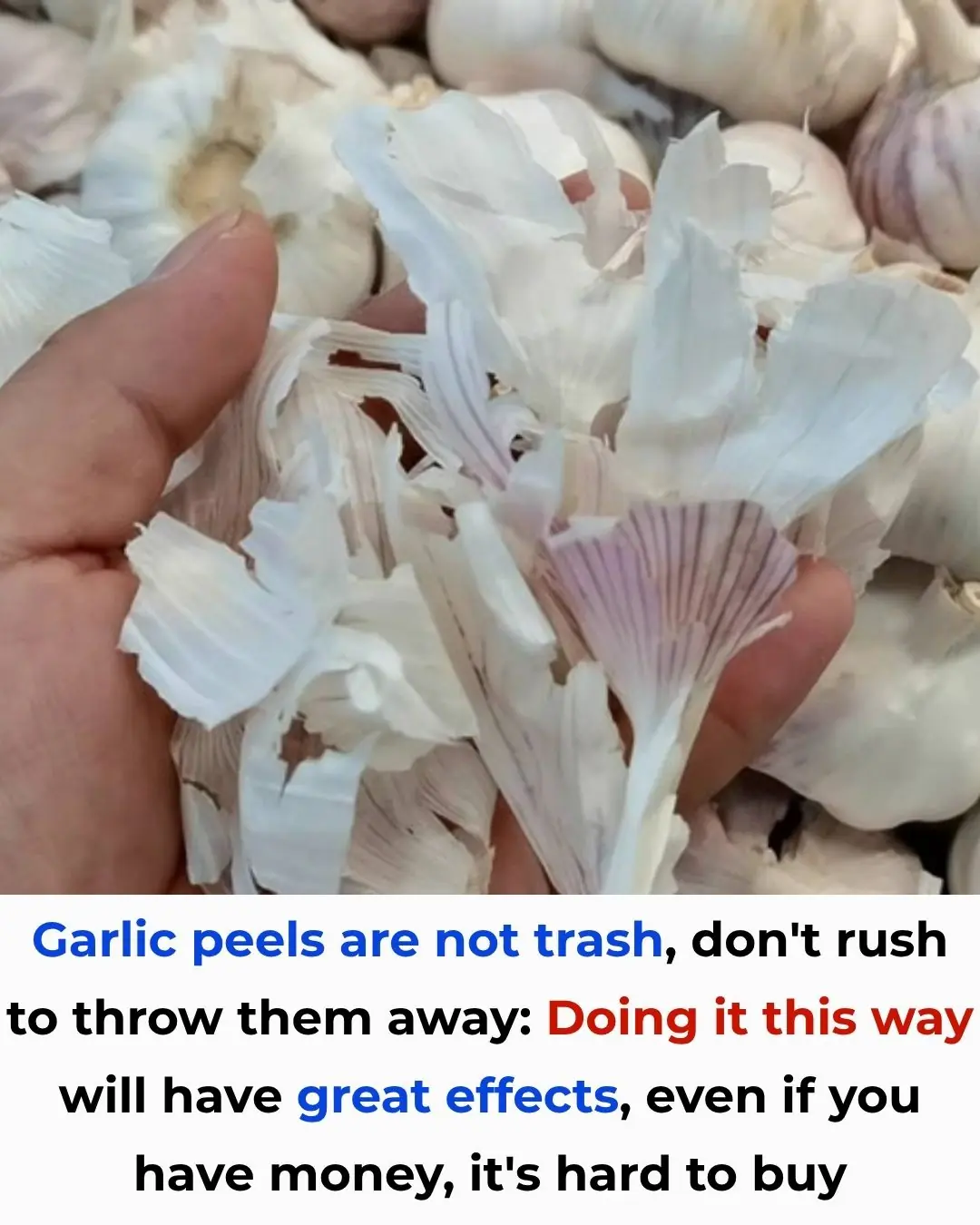
Garlic Peels Are Not Trash – Don’t Throw Them Away!

Little-known wonderful uses of baking soda in gardening

Why You Shouldn’t Wash Rice in the Inner Pot of an Electric Rice Cooker

Turns out I've been using it the wrong way for a long time
News Post

No need to buy washing machine cleaning tablets, put this in the washing machine to blow away dirt, bacteria and odors.

Roast sweet potatoes at home with a rice cooker or air fryer and they still have the same fragrant aroma as grilled on charcoal thanks to this secret.

Tips for braising fish so it doesn't smell fishy and cooks quickly. It's delicious whether you braise sea fish or freshwater fish.

Cook delicious crab soup, clam soup, not fishy, with floating crab roe: Just remember these 2 steps

Toilet has yellow residue, flush this thing immediately to clean it in just 1 night

Stop buying these 10 cleaning scams

Green onions are easy to rot when bought: Store them this way to keep them fresh for a whole month

Jennifer Aniston Finally Addresses Rumor She Had Affair With Barack Obama

Do You Think Like an FBI Agent

Stop putting these 10 things in the dishwasher

Stop using these 10 dangerous food containers

My nana taught me this hack to get sticky labels off jars in 1 min with 0 work. Here’s how it works

Magic Eraser can be used for almost anything, but here's what you didn't know

7 Medical Causes of Impaired Leg Circulation You Might Be Missing

New Study Shows Vitamin D Suppresses Key Cancer-Driving Protein

Take Lemon and Garlic on an Empty Stomach for 7 Days — Unclog Your Arteries Naturally

What Really Happens When You Drink Coffee on an Empty Stomach

You Are Doing It All Wrong. Here’s the Right Way to Water Plants in Winter
